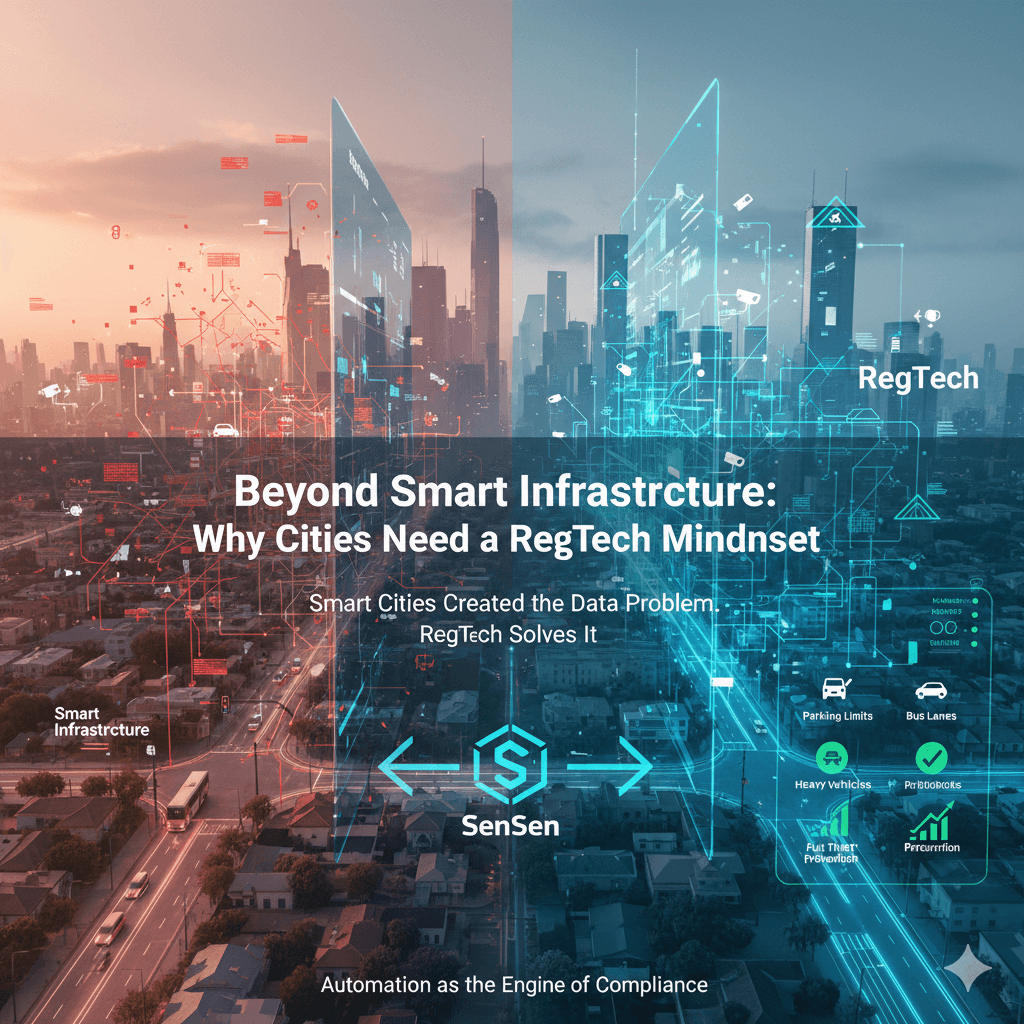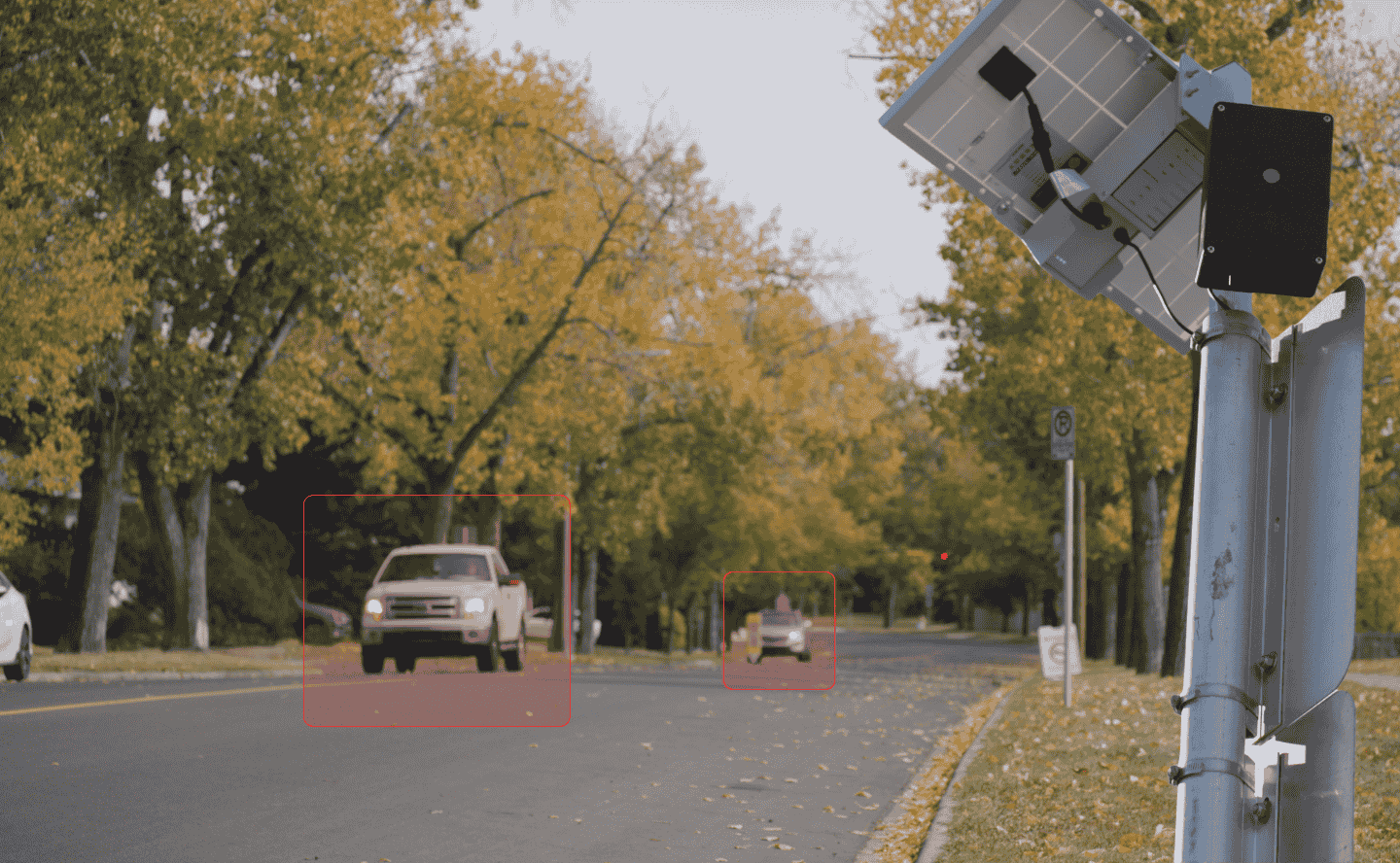Why Smart Enforcement Matters
School zones are among the most sensitive areas for any municipality. These spaces are not just about parking compliance, they are about protecting children, supporting safe neighbourhoods, and strengthening community trust in local safety programs.
Traditional parking enforcement tools, such as legacy Licence Plate Recognition (LPR) systems, have long struggled with inconsistent compliance, risks to officer safety, and operational inefficiencies. Today, AI-driven, multi-modal enforcement is transforming how cities protect school zones, making compliance smarter, fairer, and safer for everyone.
Current State of Enforcement
Historically, enforcement has been heavily dependent on manual patrols. Cities with legacy LPR requires officers to drive, stop, and issue tickets on the street, which adds congestion and exposes them to potential conflict with parents.
Common issues include:
- Inconsistent enforcement when drivers move vehicles after spotting officers
- Labour-intensive data collection during peak drop-off and pick-up periods
- Incomplete contextual evidence and higher dispute rates
These limitations lead to uneven enforcement and reduced community trust.
What is Multi-Modal Intelligence?
Multi-modal intelligence refers to the fusion of multiple data sources, visual, spatial, and contextual, into one real-time understanding of events.
This enables cities to understand not just what happened, but why it happened, creating a more transparent and defensible compliance process.
 The Shift Toward AI Curbside enforcement systems
The Shift Toward AI Curbside enforcement systems
The introduction of AI-powered cameras and context-aware curbside management systems marks a turning point. These systems automatically detect infractions such as overstays, no-stopping violations, or blocking pedestrian crossings.
- Real-time violation detection based on local regulations
- Automatic privacy masking for bystanders and children
- Cloud-based evidence management for seamless ticket processing
- Ticket-by-Mail automation to reduce physical officer interaction
This multi-layered intelligence provides clear, objective evidence and ensures that every enforcement decision is accurate and fair.
Enhanced Contextual Evidence
One of the most impactful advances is the ability to capture contextual evidence for every violation. Instead of relying on a single rear vehicle shot, now officers can have a high-resolution virtual walk-around capability. These systems compiles a package timestamped photographs with vehicle and plate image, GPS location data, and wide-angle images showing the surrounding environment and signage.
This context makes it clear not only that a vehicle was in violation, but also why—by showing nearby school zone signs, painted curbs, or restricted areas. For school zones, this level of clarity is essential for fairness, transparency, and public trust.
The Impact: Safer Streets, Higher Compliance, and Stronger Community Trust
These solutions in school zones has already demonstrated clear and measurable benefits:
- Strong governance and transparency to build public trust
- Stakeholder engagement including parents, residents, and schools
- Privacy and data compliance aligned with local legislation
- Outcome-based planning where safety and fairness come before revenue
Key Considerations for Successful Implementation
Strategic Leadership and Clear Governance – Leadership that blends innovation with transparency is essential to maintain legal compliance and community trust.
Engagement with Stakeholders – Proactive education and involvement of residents, school staff, and enforcement personnel help ensure broad acceptance and smooth implementation.
Focus on Practical Outcomes – Placing safety, fairness, and operational efficiency ahead of technology adoption for its own sake ensures meaningful, measurable impact.
Conclusion
Advancements in AI-powered parking enforcement are redefining how cities safeguard school zones. By adopting automated, data-driven systems – supported by robust, contextual evidences, cities can deliver consistent, fair, and effective enforcement that improves officer safety and builds public confidence.
This evolution is not about replacing human oversight, but about augmenting it—allowing enforcement resources to be redeployed toward broader community safety goals.
The experience of early adopters shows that with thoughtful integration, strong governance, and clear operational planning, AI can transform parking enforcement from a challenging necessity into a model of safety and efficiency. For municipalities committed to protecting their youngest residents while managing public resources wisely, AI-driven school zone enforcement is a proven, practical path forward.



